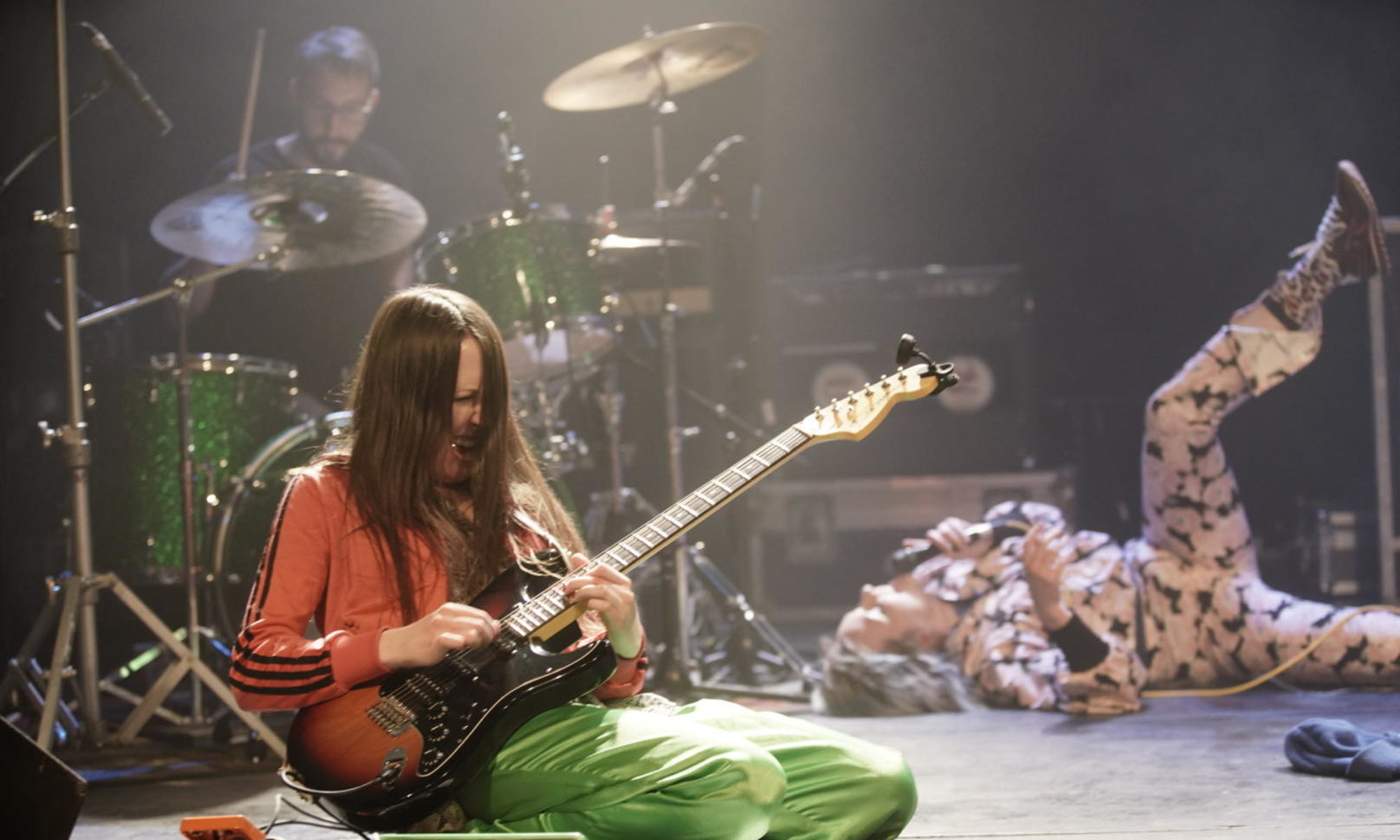 Pierrot Lunaire – Qarin by semata
Pierrot Lunaire – Qarin by semata
Pierrot Lunaire – lone New Jersey slash California bedroom artist John DeNizio, not the ’70s Italian experimental band – had a Myspace page for a while but deleted it because he “felt vain.” As modesty – perceivably devastating – becomes extinct in an age where artists have more online real estate than they can keep track of, DeNizio’s restraint mirrors his careful music. Through saxophone, tape loops, samples and vocals, Pierrot Lunaire crafts moving lo-fi recordings that are majestic yet never overwhelming; ambiguous yet deeply emotional. This is noise for listeners who find noise aggravating, and drone for those who find drone tedious. Exercise in Futility, like Pierrot’s namesake clown, channels a playfulness, melancholy, and reclusive wisdom which so many of its perma-stoned, redundant psych cassette-contemporaries lack. Pierrot’s originality shimmers in the seamless slices of audio samples that he choses, and the biotic pacing of his compositions as they flit between noise and ambiance. DeNizio’s voice sounds a lot like Jad Fair locked in a dream, and he’s playing a saxophone, so I can’t help but indulge and imagine to myself that this is a Half Japanese record from some other dimension. Detail oriented and strongly cohesive, Exercise in Futility is one of many mysterious tapes and records Pierrot will quietly release this year.
Pierrot Lunaire will hit Winnipeg sometime later this September. Watch closely for it. (Semata Productions, www.semataproductions.com) Kristel Jax








